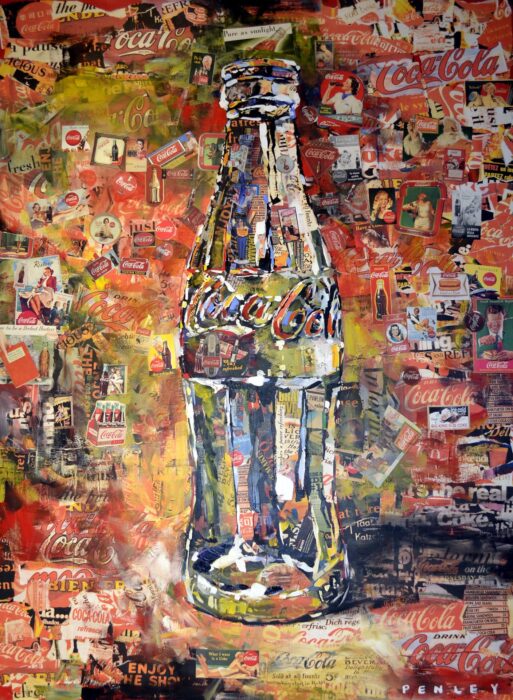How Coke Became a Serious Health Issue in Mexico
By Ahmed Bukair
San Cristóbal is a small town in a southern state of Mexico, Chiapas. It is home to approximately 216,000 inhabitants—a number that has rapidly increased over the last few decades. A problem that has been impacting the people of San Cristóbal is the shocking amounts of soft drinks that they drink yearly.

The country of Mexico collectively drinks the most out of any country in the world. The average person in San Cristóbal drinks over 2 liters of Coca-Cola. This comes out to be about 220 grams of sugar, which is 6 times more than the recommended maximum amount of sugar intake per day for men and 8.6 times for women, and this doesn’t even include other soft drinks or the rest of their foods. According to the Institute for Health Metrics and Evaluation, the top 4 leading causes of death in Chiapas are Ischemic heart disease, Chronic kidney disease, Diabetes, and Cirrhosis liver. All of which can be caused by high-sugar levels.
The core of the problem is not just one-dimensional, there are several roots to why it’s so prevalent. One of the more important issues in the town is how limited their water access is. The citizens of San Cristóbal have deduced that the water shortage is because of a Coca-Cola factory in town. Coca-Cola’s factory is said to extract over 1.1 million liters of water daily.
Considering the population of San Cristóbal, you would able to provide for all residents of San Cristóbal daily with a sufficient amount of water daily and some. Femsa, a retail company which also is the largest Coca-Cola franchiser, owns the factory and has the rights to use the facility to sell bottles of Coca-Cola. As a response, Femsa has stated that the plant does not have much impact on the water supply in San Cristóbal. Because of the scale of the company, it is an asset to the Chiapas economy as it is contributing $200 million. The issue
One of the main issues for them is how integrated the soft drink is into the community. Across several ad campaigns from the 1960’s, they were seen using strategies to appeal to the indigenous populations of Mexico with advertisements featuring religious undertones. A more recent example of Coca-Cola attempting this, was in 2015 where they created a commercial that featured White people bringing in coolers of Coke into a indigenous Mexican village.
Because of the great amount of power that Femsa has in Mexico which in result becomes political power, citizens of Mexico suspect that it plays a role into the regulations that Coca-Cola has across the country. In the early 2000s, taxes, health initiatives and more were all condemned by the industry. In 2014, a tax was finally imposed on all soft drinks and 10 years later, there is still a lot of work to be done.